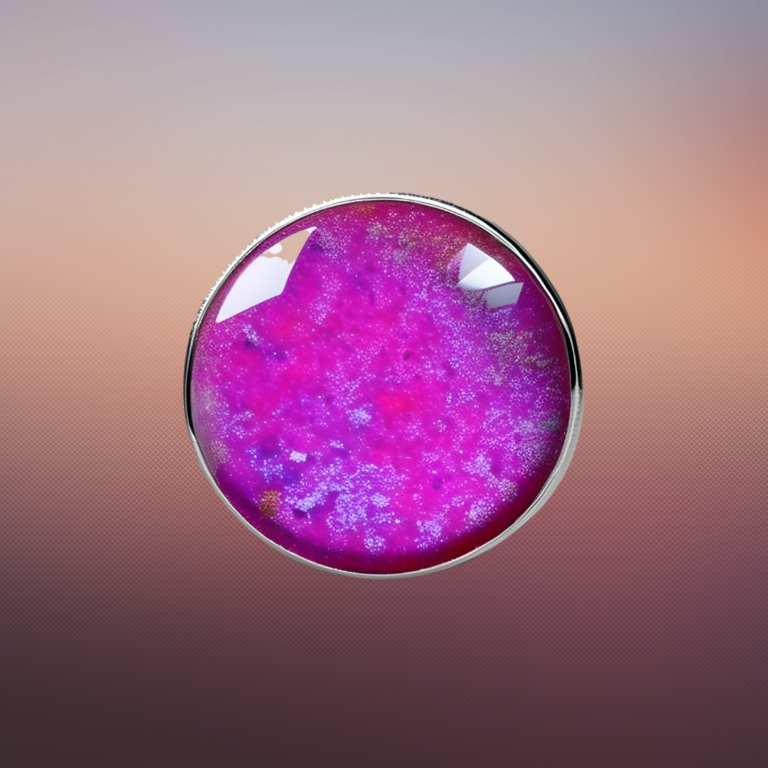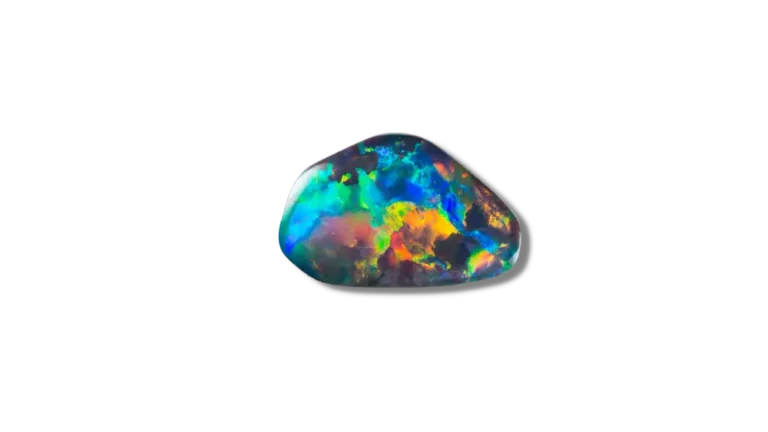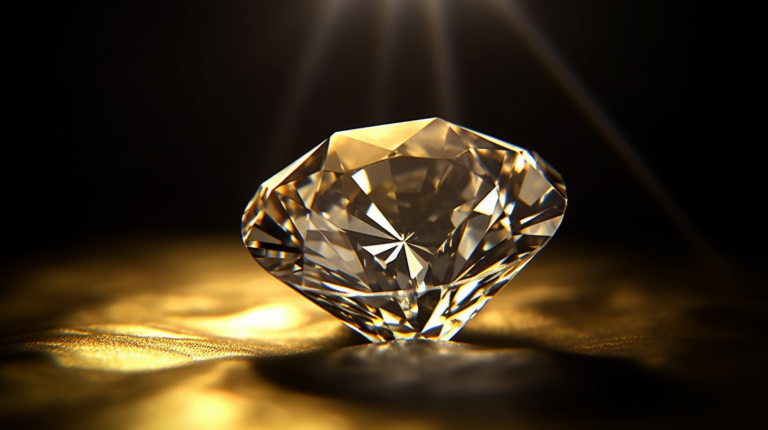Amber Stone: Properties, Benefits & Meanings
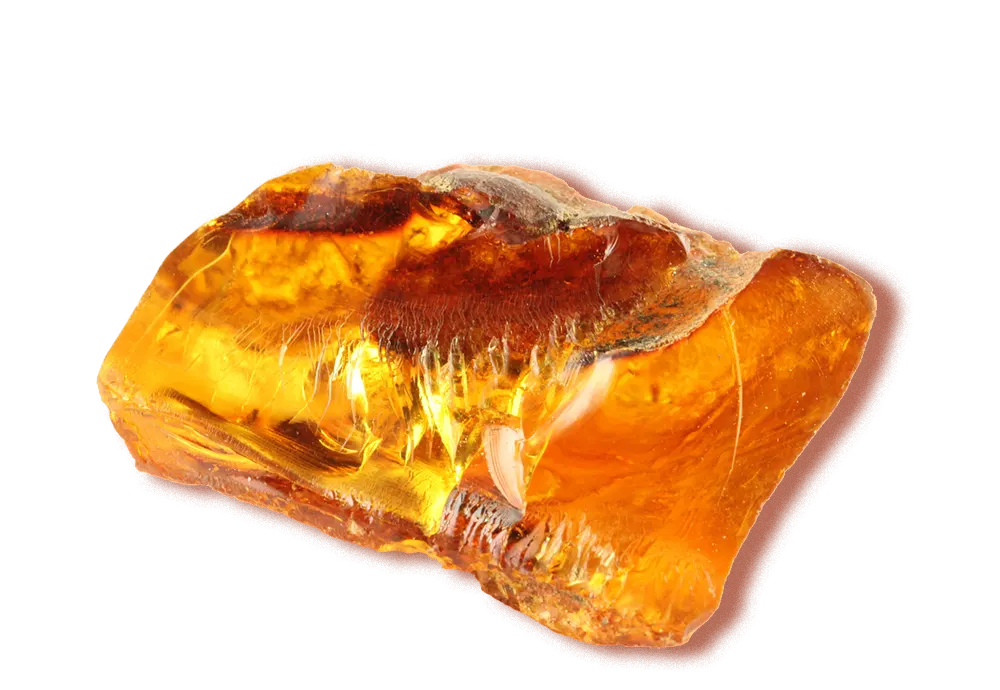
Amber Stone Overview
Amber stone is one of the oldest gemstones in history. The name “Amber” actually comes from the Greek word for “sun” or “light.”
The gem is found worldwide in many different colors: red, yellow, orange, green, blue, and brown. It can also be found in different shapes and sizes, including round beads or flat pieces of stone.
This article will shed light on the fossilized gem, Amber stone, and discuss its properties, uses, and meanings.
What Is Amber Stone?
Amber Stone is one of the most beautiful and oldest gemstones in the world. It is very popular and is extensively used in jewelry making throughout the world because of its beautiful glow when exposed to sunlight or artificial light sources. It is also used in other ways, such as artwork (including sculptures) or musical instruments such as flutes!
Amber gemstone is hardened tree sap that was produced by trees and released onto the ground, where it hardened over time and was preserved by minerals. This process is called polymerization, which gives Amber gemstone its high refractive index (ability to bend light), hardness (resistance to being scratched), and the ability to become charged by static electricity.
Amber crystal has been used for centuries as a healing stone, as it is thought to bring good luck, protection, and happiness. It was highly valued in the ancient world and middle ages because it was believed to have magical powers. Many cultures thought Amber could protect people from evil spirits. In addition, they also believed that Amber would absorb the negative energy around it and release positive energy instead.
What’s the history behind The Amber Stone?
Amber is the fossilized resin of trees, one of the most common gemstones you’ll find on Earth. This tree resin has been found in large deposits worldwide, suggesting that humans have used it for thousands of years. Some archaeologists believe that Amber was used as a decoration in Egypt as early as 3500 BC.
Fossil resins from Europe can be divided into two categories of ambers—the Baltic amber stones (from the Baltic region) and another one that resembles the “Agathis” group.
The fossil resins of the Americas and Africa are found to be closely related to the genus “Hymenaea.” Meanwhile, the Baltic Amber stones are thought to be fossilized latex from plants that once lived in Northern Europe known as “Sciadopityaceae.”
Today, Amber is still used as a gemstone in jewelry, such as pendants, beads, bracelets, and even a necklace. It’s also used in artwork and other decorative items. Many people enjoy collecting Amber because it can be found in many colors, shapes, and sizes.
Where Can You Find Amber Stone?
Amber can be found almost all over the world.

Amber Stone Appearance
Amber is a hard, translucent fossil resin known to form in an array of colors. The usual yellow-orange-brown associated with the color “amber” is just one possibility; an Amber gem can also be
- White Amber
- Yellow Amber
- Red Amber
- Green Amber
- Blue Amber
- Brown Amber
But it is the orange and yellow color that most people think of when they hear the word “amber.” Amber gems can also be transparent, translucent, or opaque.
Amber Stone Physical Properties
| Parent Group | Fossils |
| Color | Yellow, Orange |
| Hardness (Mohs scale) | 2 – 2.5 |
| Refractive Index | 1.53 – 1.54 |
| Fracture | Conchoidal |
| Crystal Structure | Amorphous |
| Specific Gravity | 1.05 – 1.10 |

Amber Gem Value
Amber stone is a natural gemstone that has been valued since ancient times. This is because of its beauty, durability, and the fact that it can be used as a decorative piece. The value of an amber gem is based on its shape, color, size, and quality.
- Size: While the size of an amber crystal is not as important as its shape and clarity, carats are still a significant determinant of its value. Generally speaking, the larger the stone, the more expensive it will be. However, a small stone with excellent clarity and color can be just as valuable as a larger stone with poor clarity and color. Price increases drastically with an increase in size as larger stones are harder to find and more difficult to cut.
- Quality: Quality is another crucial factor that determines the value of an amber gem. Quality is determined by the number of inclusions and imperfections in the gemstone. The best quality stones are transparent and free from inclusions. However, in the case of Amber, they can contain specks of black or red minerals or insect inclusions that increase their value.
- Transparency: Transparency is also essential when determining the quality of Amber. The more transparent and cloudy the gemstone is, the higher it’s value. Transparent Amber with a high clarity grade will be more valuable and attractive than a dull amber gem with poor clarity.
- Color: The color of an amber stone is essential as well. It should be a pure, consistent hue with no variations in shade or tone. Amber is a translucent stone that allows light to pass through it. It can range in color from clear, honey-colored yellow to dark brownish-red. Golden Amber is considered to be the best variety.
- Cut: The cut of a gemstone also affects its price. As with all fine jewelry, the quality of the amount determines how beautiful and valuable it will be. The cut can make a massive difference in the price of specific stones. Polished, well-cut gems are often more desirable than those that have been poorly cut or left rough.

How To Tell If Amber Gemstone Is Real?
The best way to determine the authenticity of Amber is through gemological analysis, but you can also learn some visual clues that will help tell an actual stone from a fake.
- Color Depth: Check the color for vibrancy and monotony. If it’s monotonous and lacks depth, it is likely fake. The color should be vibrant and intense. It may have been treated with heat or other methods to enhance its appearance if it’s dull.
- Feel the weight: Heavier stones are more likely to be authentic. If you’re not sure how heavy natural Amber should be, ask a jeweler or gemologist for help.
- Acetone Test: You can soak the stone in acetone for a few minutes to see if the color comes off. If it does, then it’s likely fake.
- Check for inclusions: If you look closely at your stone, you’ll see tiny particles. They will be small and irregularly shaped. These are called inclusions and are one of the signs that your gem is a natural Amber. Inclusions are natural flaws in the gem. You should be able to find them. If there are none, then the stone is probably fake.
If you have doubts about your gemstone, always bring it to an expert for verification. They can tell you if your stone is real or fake.

What Does Amber Gemstone Symbolize?
- Wisdom: Amber is a stone of wisdom. It helps you approach things from a different perspective so that you can make better decisions. It helps you understand the root cause of problems and find a better solution. The stone also helps you see the bigger picture and understand your role.
- Life: Amber is a stone of life. It brings warmth, vitality, and energy into your body. It helps you to feel alive again after going through difficult times or feeling depressed. It helps you to connect with the joy of being alive.
- Love: Amber is a stone of love. It promotes feelings of acceptance, compassion, and generosity towards yourself and others. It helps you to let go of your ego so that you can connect with your inner child again.
- Wealth: Amber is a stone of wealth. It brings abundance into your life and helps you manifest the material things you need for survival and comfort. It can also help you to become more financially independent so that you don’t have to rely on anyone else for money.
Amber Stone’s Meaning And Uses
- Amber gemstone is a stone of intuition and insight. It can help you to gain a deeper understanding of yourself and your situation and let go of negative emotions that may be holding you back from achieving your goals.
- Amber gemstone is also known for its protective properties. It can help to shield you from emotional attacks, physical harm, and other forms of negativity.
- Amber helps us to be more confident and assertive. It can give you a boost when you need it most.
- Amber can help balance your emotions and clear your mind when you feel overwhelmed or stressed out. It’s an excellent choice for those who want to relax and calm down. Amber gemstone is also associated with helping you to open up emotionally so that you feel more connected with others—and yourself!
- Amber can assist us in making decisions aligned with our highest good. It helps us filter out any negative thoughts or emotions that may be holding us back from getting what we want. Amber gemstone is terrific for working with the solar plexus chakra, which is associated with self-esteem and confidence. When this chakra needs extra energy, it’s a great time to use Amber!
- Amber is a gem that can help you to feel more confident, secure, and grounded in your body. It’s also a wonderful source of energy for those who are insecure about their weight or appearance—people who have difficulty accepting compliments because they don’t think they deserve them! Amber can help us stop obsessing over what others think of us and focus instead on our needs, desires, and passions.

How To Clean Amber Jewelry?
- Soak in lukewarm soapy water for around 15 – 30 minutes.
- Remove any remaining residues with a soft toothbrush.
- Wipe the gem with a soft cloth until it is smooth and lustrous.
- You can recharge your stone by burying it in the ground, letting it absorb the Earth’s natural energy and dispelling any residual negative energy. It would be best if you did this at least once a month to keep your stone charged and at its highest potential.
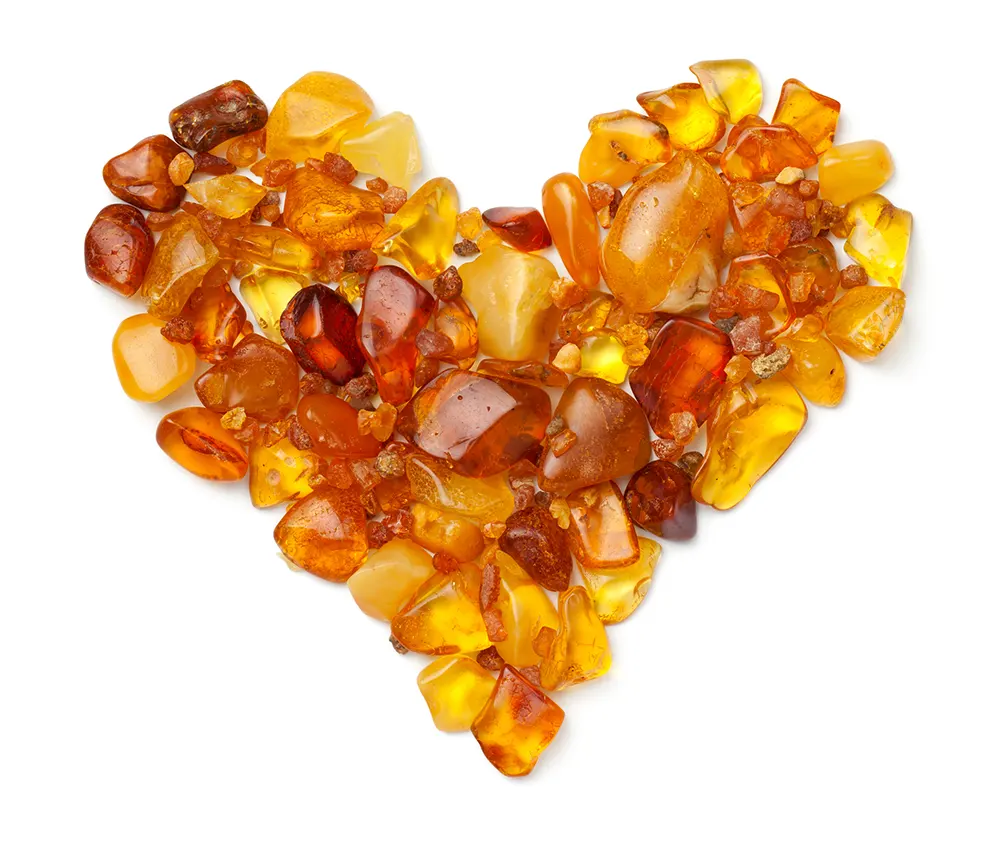
FAQ
Which Gemstones Go Best With Amber Stone?
The best way to match your amber gemstone with other gems is by looking at their chemical composition. For example, if your amber gemstone is yellow, you could choose citrine because it has a similar chemical makeup. If your amber stone is red, you could select garnet like Almandine because it contains iron oxide. If your amber stone is orange or brownish-yellow in color, try wearing it with golden topaz because both have copper as their core.
What Is Amber Stone Used For?
Amber gemstone is a good source of succinic acid and other organic compounds like benzaldehyde and cinnamic aldehyde. It can also contain up to 13% water by weight. It has a pleasant scent and an array of rich colors that make it popular for use in perfumes and jewelry.
What Are The Healing Properties Of Amber Stone?
Amber gemstone has been used as a healing stone since ancient times. It is said to cure digestive issues, relieve stress, and calm the mind. The gem can also be used to improve energy levels and boost immunity.
Is Amber Stone Heat Treated?
Amber gemstone is not heat-treated. It is a natural stone that has been processed to remove impurities but has not been heated beyond this.
Amber becomes soft and flexible when gradually heated in an oil bath. Two pieces of Amber may be united by smearing their surfaces with linseed oil and pressing them together. This is done on a larger scale to make “ambroids (pressed ambers).”


